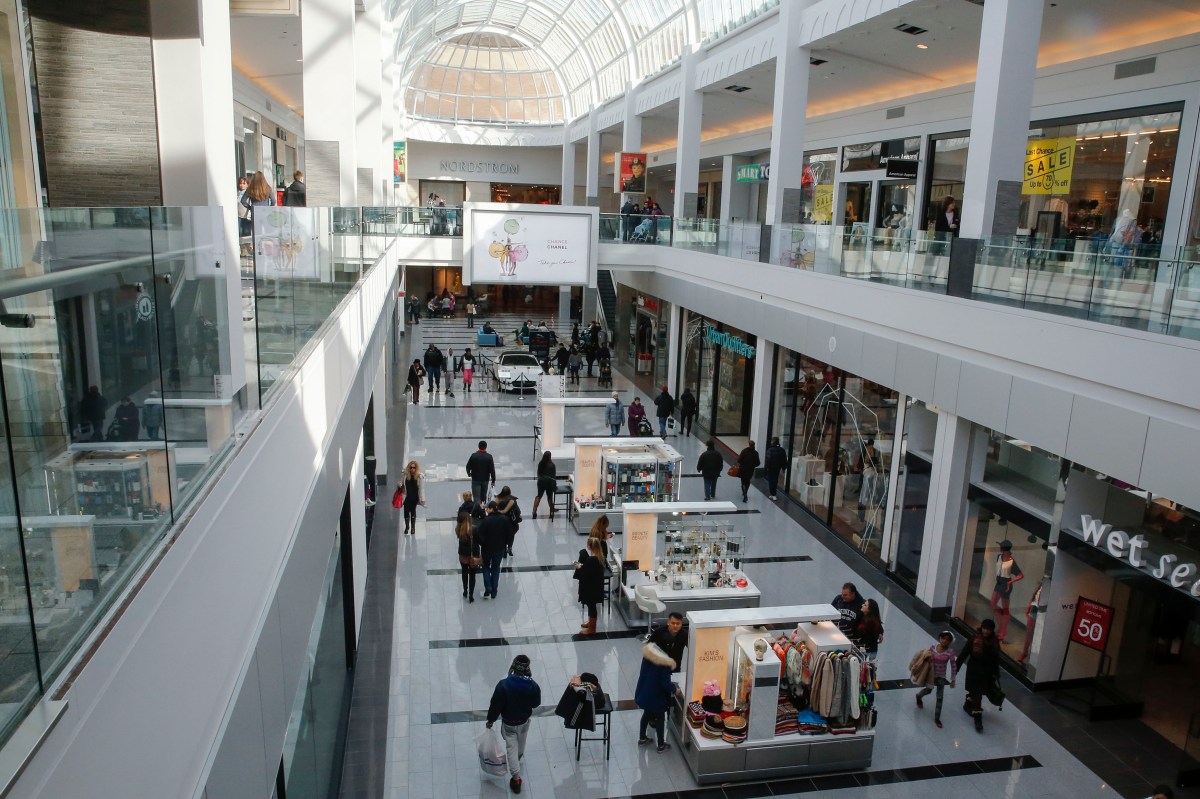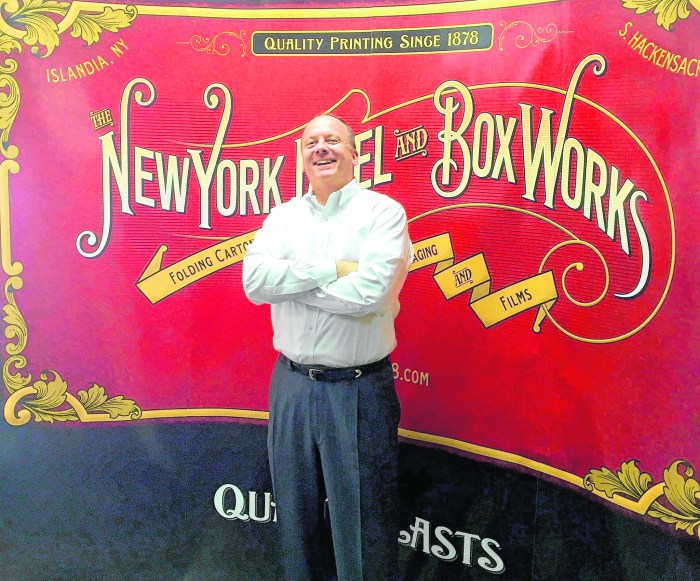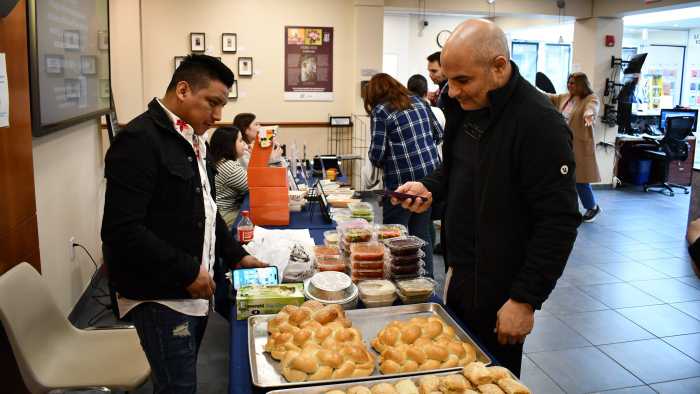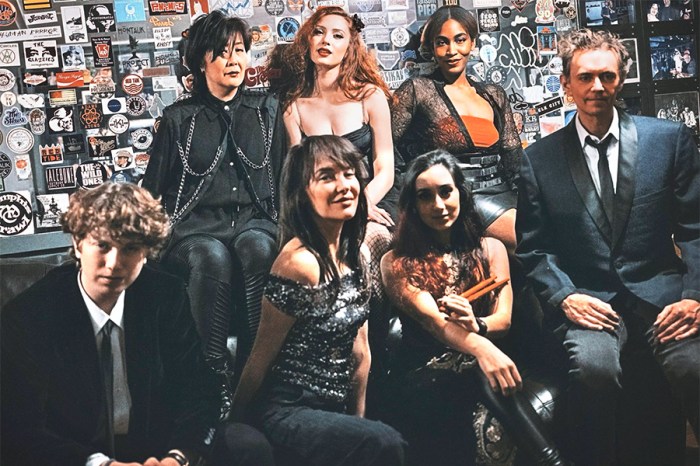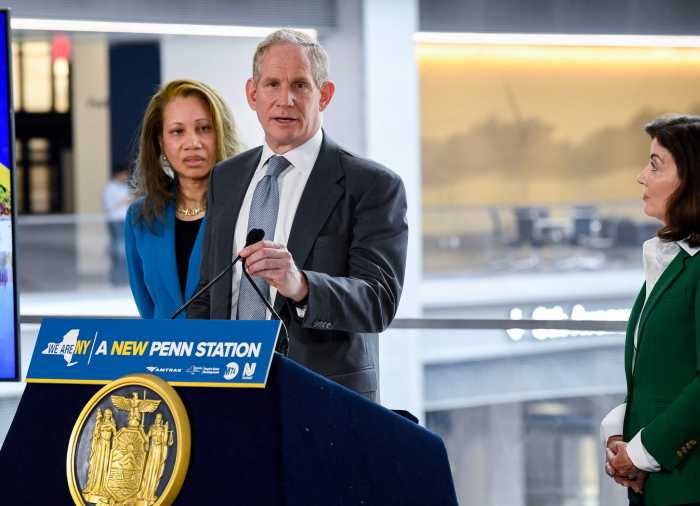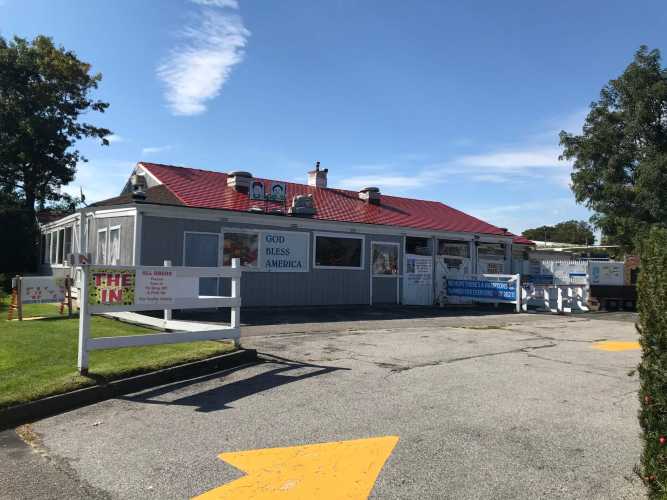Samanea New York Mall, formerly known as the Mall at the Source, spans more than 750,000 square feet and 38 acres. Like other malls, when the pandemic hit, it temporarily shut down. But vaccinations, time, an economy reopening, and a $30 million revamp complete with two new entrances are helping it reimagine retail.
Samanea, acquired in 2017 and still largely vacant prior to the pandemic, is now at more than 65 percent occupancy, with negotiations ongoing for another 25 percent. It announced a steady stream of new tenants, including Bloomingdale’s Furniture Outlet, which opened in 2020, as the first anchor tenant. That’s in addition to existing tenants such as Dave & Buster’s, The Cheesecake Factory, Fortunoff Backyard Store, and others.
“Retail changed, even pre-pandemic. You can go shopping for home furnishings and enjoy entertainment and restaurants,” said Dominic Coluccio, chief leasing and development officer for Samanea (pronounced “suh-man-ya”) New York. “You can spend the entire day. Previously, malls were just focused on the retail component. Now you can have an experience with a tenant you wouldn’t have anywhere else.”
Malls were hit by a kind of anchors away in recent years as some anchor tenants left. Sunrise Mall in Massapequa lost Sears and Broadway Commons in Hicksville lost Macy’s, while Green Acres Mall lost Sears and JCPenney. But lately some malls are going from ghost towns to a kind of new downtown. A strong economy, despite inflation, and pent-up demand are fueling a resurgence, even a possible renaissance, at some malls.
“Demand for our space from a broad spectrum of tenants is growing,” said David Simon, CEO and president of Simon Property Group, which operates Roosevelt Field in Westbury, Walt Whitman Shops in Huntington Station, and Smith Haven Mall in Lake Grove. “Occupancy gains continued, retailer sales accelerated, including our owned brands, and cash flow increased.”
Simon recently raised its quarterly dividend and upped full-year earnings projections as it reported 92.8 percent occupancy at its U.S. malls with a base minimum rent per square foot of $53.91, as of Sept. 30, 2021
“It looks as if Simon has, indeed, turned a corner,” according to The Motley Fool. “The situation is complex and there are overlapping issues here. But things are definitely looking up.”
Alexander Goldfarb, a managing director and senior research analyst at Piper Sandler, says international tourists aren’t back, but notes that many “malls are packed, shoppers are there, and tenants are taking space” again. “The fear of getting back in the department store, the fear of getting back in whatever weak retailer, is not there anymore,” he said.
The pandemic, Goldfarb added, “cleaned out a lot of weak retailers” and while e-commerce is strong, there appears to be an appetite for traditional retail. And e-xperience and e-xclusivity compete with e-commerce at malls like Samanea, where 99 Ranch Market, an Asian supermarket with more than 50 locations nationwide, is opening its first New York location. Let’s Craft!, golf simulator X-Golf, moCA Asian Bistro, KPOT Korean BBQ, a Szechuan restaurant, and a 35,572-square-foot Empire Adventure Park with trampolines, virtual reality, and rock climbing are all part of the plan for the mall mix.
“It’s creating new experiences,” Collucio said of reimagining malls. “We’re repositioning and looking at the best use of where we are.”
Coluccio points to the desire to feel, touch, and test products before buying, an experience as something e-commerce can’t really sell. “You can’t go to an adventure park or go to a golf simulator on your computer,” he said. “It’s being interactive with the community.”
Goldfarb said malls are converting retail to restaurants and offices, pointing to Simon’s Galleria in Houston, which has offices and hotels. An NHL (National Hockey League) arena and headquarters are going up at Northgate Station in Seattle and Simon’s earnings show its brick-and-mortar business is back.
Simon reported $679.9 million in third-quarter income, up from $145.9 million a year ago. It’s also looking to licensing as well as renting as part of its revival. Those earnings include $111.9 million from interests in Forever 21 and Brooks Brothers intellectual property licensing ventures, as mall operators reimagine their role.
Samanea opened a Halloween House and planned a Christmas House along with a holiday market in the parking lot. Pop-up experiences are different from pop-up ads. It’s also planning an amusement park in the parking lot next summer, hoping entertainment complements e-commerce. And there’s another potential big plus to being in the mall business. “No one is building a new mall,” Goldfarb said, although new uses may be part of the new norm.
For more business coverage visit longislandpress.com/category/business
Sign up for Long Island Press’ email newsletters here. Sign up for home delivery of Long Island Press here. Sign up for discounts by becoming a Long Island Press community partner here.




